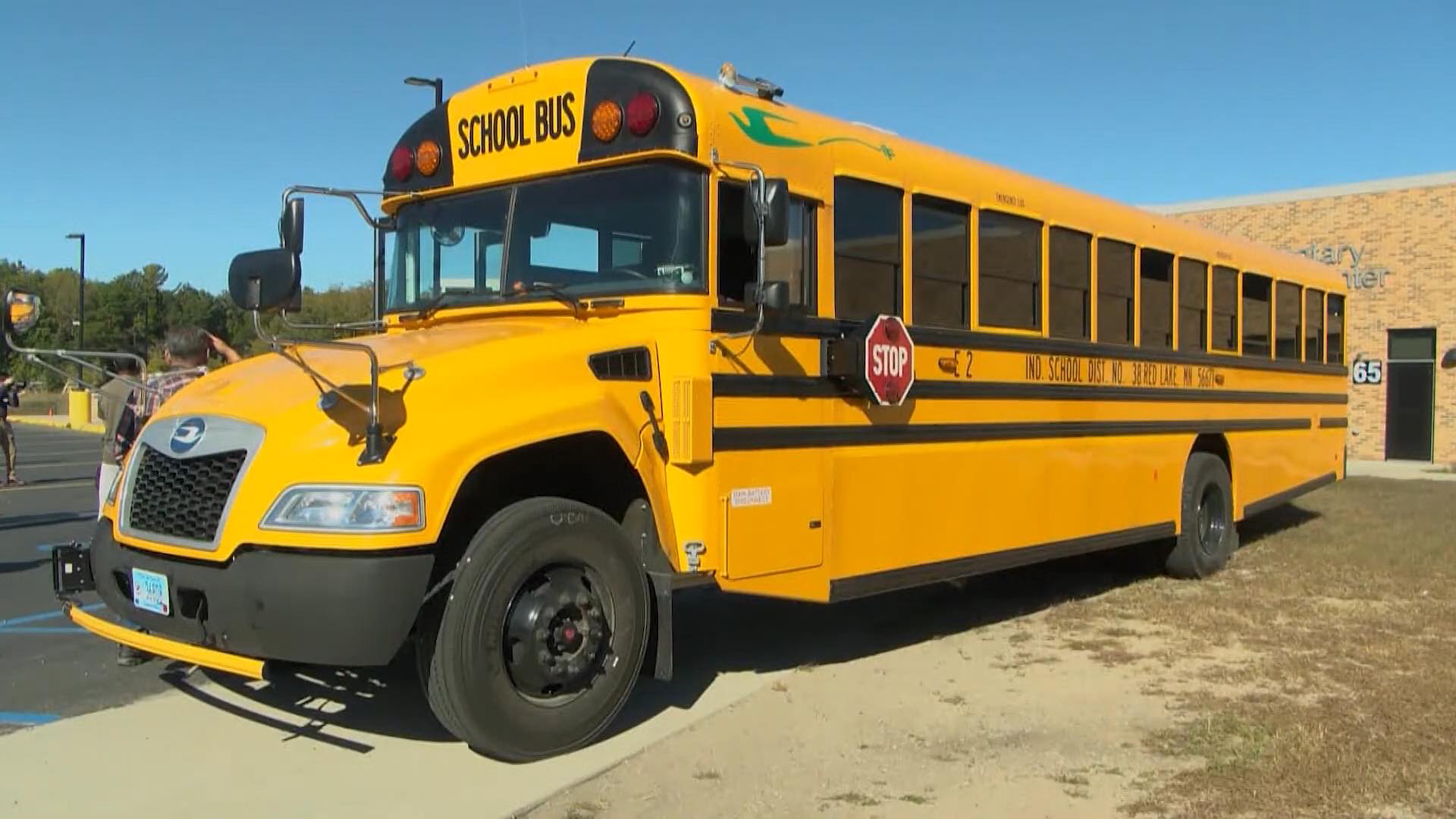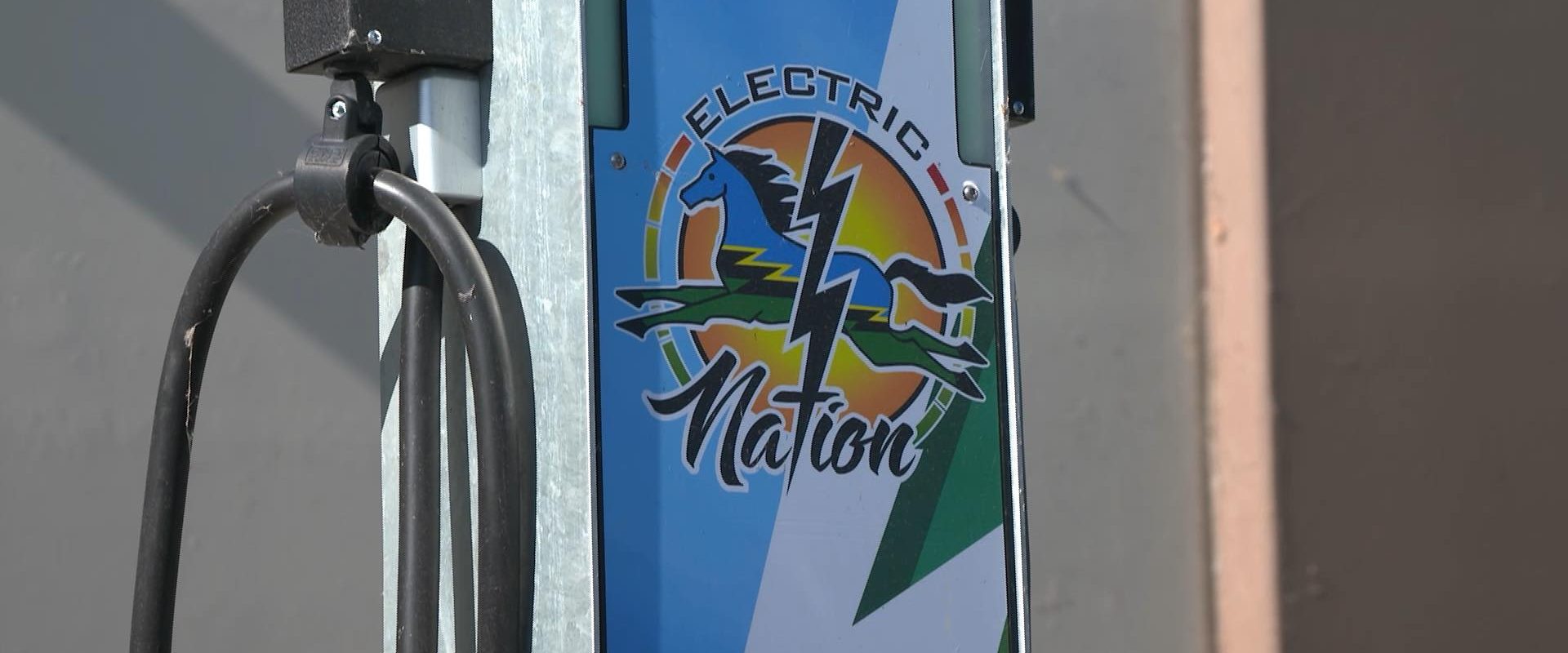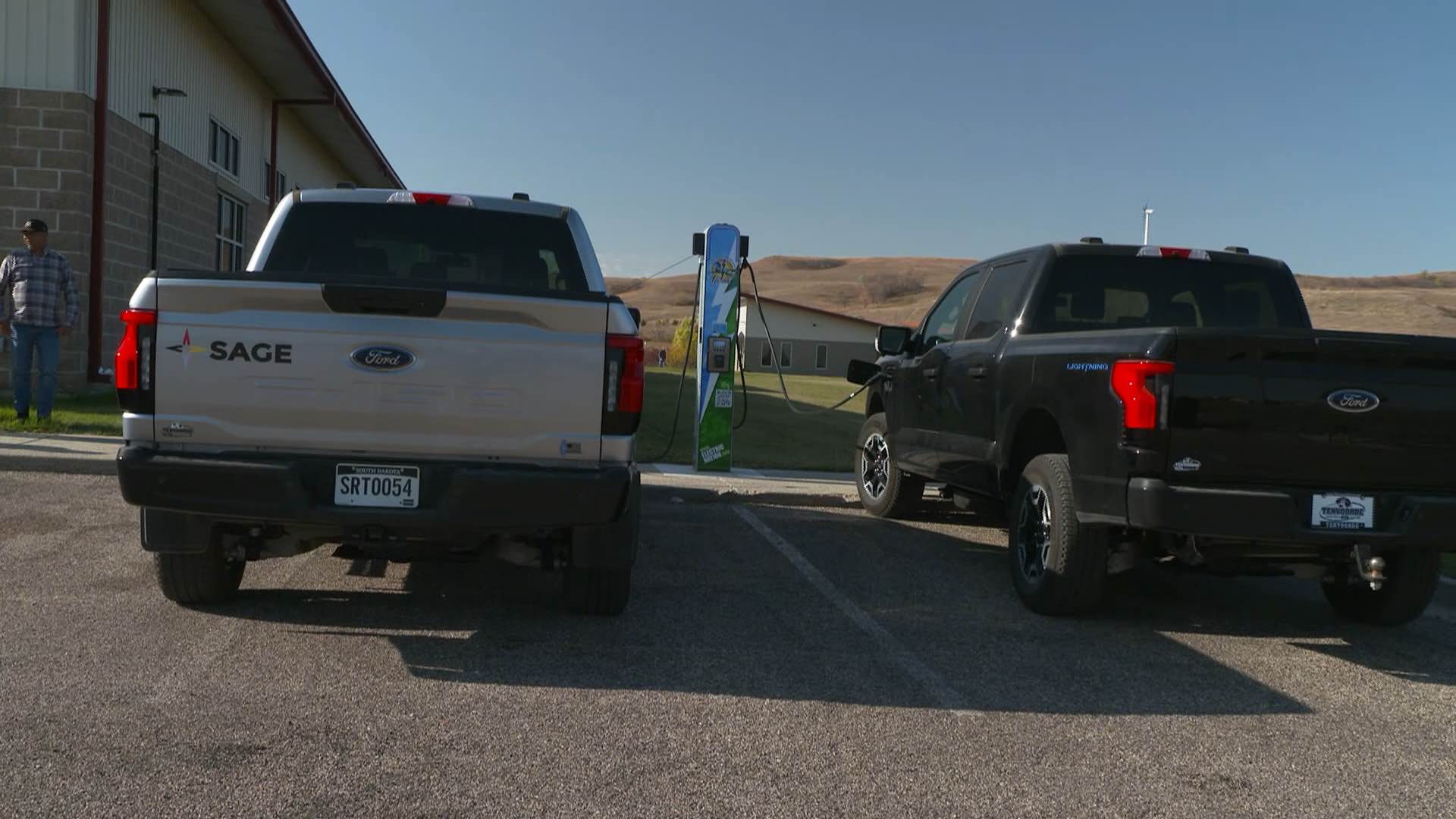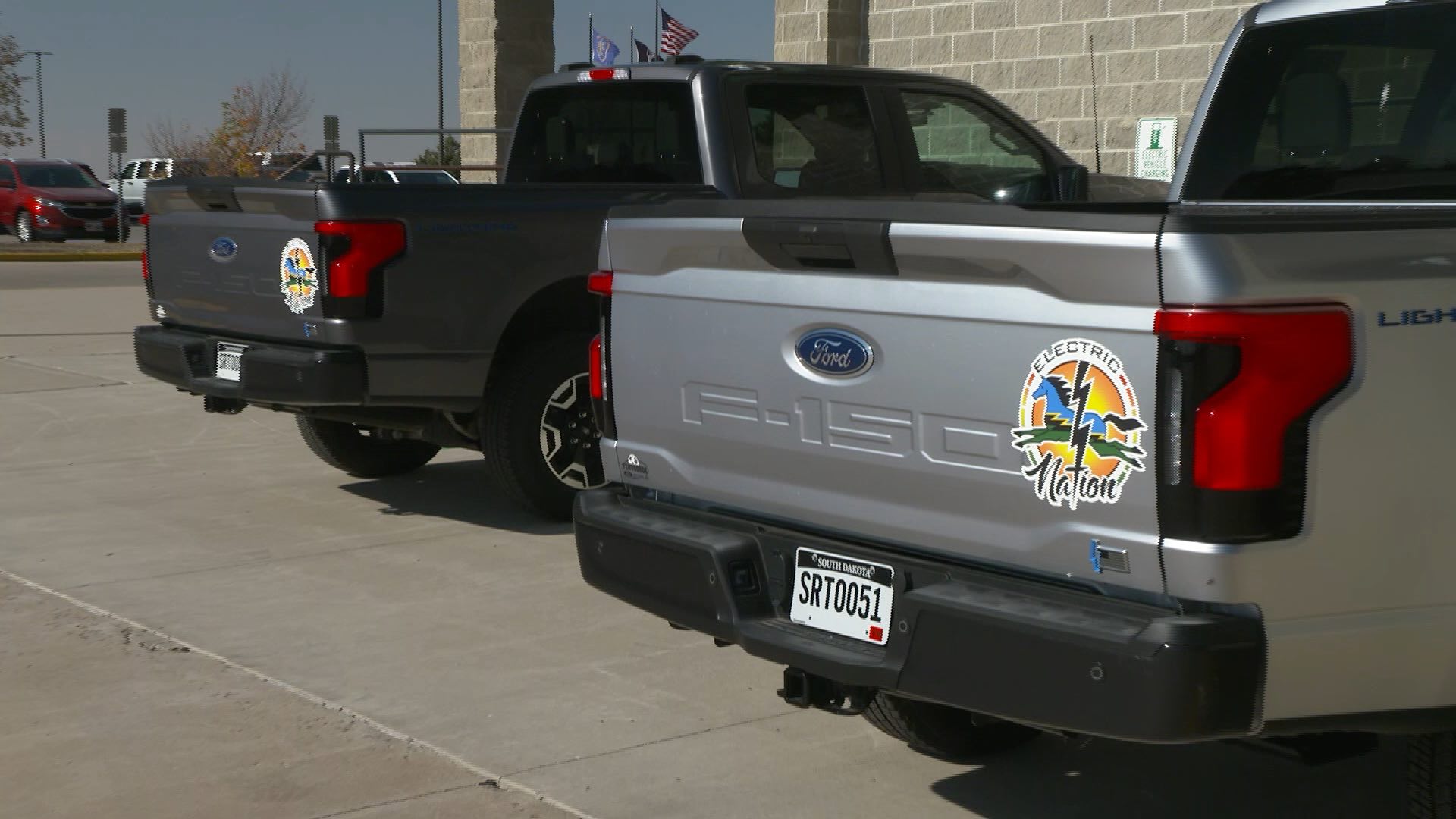National Alternative Fuel Corridor: Michigan to Montana
The freedom to hit the open road has always been at the center of our love affair with the automobile. But for some drivers and fleet operators, trying to choose a vehicle powered by a cleaner domestic fuel like natural gas or electricity has meant limiting that freedom due to gaps in the nationwide fueling and charging infrastructure. Well, that is rapidly changing as more and more major highways and roads are being designated Alternative Fuel Corridors, knocking down the final barriers for making clean fuels the best alternative no matter where the road takes you!
The National Alternative Fuel Corridor Network includes parts of 220 heavily traveled interstates and highways in 49 states and DC, covering more than 145,000 miles.
 One vital link, the Michigan to Montana I-94 Alternative Fuel Corridor, or M2M, is the result of a joint effort between clean cities coalitions and critical government and industry partners, like the Gas Technology Institute, throughout the Midwest. Funded in part by the U.S. Department of Energy, it runs 1500 miles along Interstate 94 from Port Huron, Michigan at the Canadian border, all the way to Billings, Montana.
One vital link, the Michigan to Montana I-94 Alternative Fuel Corridor, or M2M, is the result of a joint effort between clean cities coalitions and critical government and industry partners, like the Gas Technology Institute, throughout the Midwest. Funded in part by the U.S. Department of Energy, it runs 1500 miles along Interstate 94 from Port Huron, Michigan at the Canadian border, all the way to Billings, Montana.
It passes through the major cities of Detroit, Chicago, Milwaukee, and Minneapolis, but also countless small towns, and miles upon miles of rolling farmland. The M2M corridor is a vital link for long-haul trucking as well as a prime mover for expanding the use of propane, biodiesel, ethanol, natural gas and electric with regional fleet operators.
SAMANTHA BINGHAM: "This project and projects like it across the country, help those fleets to expand their use of alternative fuels, to use it along more routes. And then also it helps encourage fleets that aren’t using alternative fuels currently, they can see that these routes are supported and that it encourages them to adopt alternative fuel vehicles and switch out their petroleum-based vehicles."
Compressed natural gas is an affordable and abundant U.S.-sourced fuel that can help to reduce greenhouse gases and other harmful emissions. Ozinga’s red striped trucks are a common sight around Chicago and northwest Indiana, and since 2013, the company has been converting its fleet of 500 ready-mix trucks to run on CNG. At the same time, it expanded its own business to become a regional natural gas fuel provider, now operating seven public-access CNG stations in the area, which makes it more practical for other fleets who want to switch to CNG. 
Propane is another popular alternative fuel option, especially with fleets. Along the alternative fuel corridors, uniform signage nationwide indicates which type of fuel is most plentiful. But in our 3,000-mile trek for this story, we found that word of mouth travels faster still.
TIM RAHN: "And there are vehicles out there. We've got 10 or 15 people that stop every single week. Coming through, going to the cabin, coming home..and they support us, they know we have it, it's easy to use, it’s safe to use, and it’s cheap. The last three months we’ve been 80, 80 to 85 cents a gallon cheaper than regular gasoline. It was a diversity, it’s something that nobody else has in this area, and we wanted to be the first to have it."
Schwan’s frozen foods has a fleet of more than 600 propane-fueled delivery vehicles and has also built out their own fueling infrastructure, but smaller fleets, like Groome Transportation, are also reaping the benefits of the M2M corridor.
SCOTT HAYES: "Before, when we ran down to Minneapolis, we would run out about halfway up, so now with this corridor being built out, it’ll give us more opportunities to fill up with propane and we will have the opportunity to run cleaner, longer."
 Also included in the Alternative Fuel Corridor designations is the availability of electric vehicle charging stations, especially fast-charging, convenient to the interstates.
Also included in the Alternative Fuel Corridor designations is the availability of electric vehicle charging stations, especially fast-charging, convenient to the interstates.
The EV charging infrastructure has been expanding rapidly for the past decade. At the far end of our journey, in Fargo, North Dakota, three new fast-charging sites are coming online, helping to make frontier destinations like these, once considered remote, more accessible and convenient for EV drivers.
CHAD BROUSSEAU: "It’s a win-win, we’re a member-owned electric cooperative, not for profit, so it’s good for the members, good for us, uh, not only is it electric sales for Cass County Electric but an electric vehicle in the right circumstance, can be a money-saver for the electric vehicle owner in reduced operating and maintenance costs."
In the drive to curb emissions and make America less dependent on imported oil for transportation, spurring development of cleaner alternative fuel vehicles and building out a national network of convenient fueling points for natural gas, propane, hydrogen and electric vehicles goes hand in hand.
SAMANTHA BINGHAM: "Also the M2M Corridor really demonstrates that cities and states and utilities and fuel providers and retailers can all work together, across state lines to make this infrastructure, this clean fuel infrastructure, available."
The Michigan to Montana Alternative Fuel Corridor project is fast making these fuels a fine first choice for everyone!
Electric Nation
Electric vehicle charging is now readily available in most areas of the country and along major travel routes, but many smaller communities find themselves behind the clean energy curve when it comes to EV infrastructure. Well, here’s a look at one group that’s banding together to help create an electric nation.
The upper Midwest inter-tribal EV charging community network, which the project team named Electric Nation, is an EV infrastructure project serving tribal members on 23 Native American reservations across five states. Aided by U.S. Department of Energy funding, this public-private partnership will introduce 60 level 2 chargers, along with 19 light- and medium-duty plug-in electric vehicles, directly into these communities, empowering them to expand their fuel diversity and reduce greenhouse gas emissions.
ROBERT BLAKE: It always seems that these communities are always last to receive this type of investment. How do rural communities participate in this energy transition? Well, this is a perfect opportunity for rural communities to be a part of that transition.
JOHN DAVIS: Electric Nation chose their plug-in vehicles carefully, closely matching each one’s range and capabilities to their intended use. Sitting Bull College, in the Standing Rock nation of North Dakota, uses this Ford E-Transit to shuttle students between campus and local destinations. Traveling about 140 miles daily closely matches the van’s range, and allows it to recharge fully overnight.
Two new electric school buses will clear the air for Red Lake, Minnesota students, who often spend hours aboard for their daily school commutes. This family and child services office in Red Lake nation is now using electric vehicles to transport individuals around the region for appointments, and deliver meals to elder residents. Boosting economic development for these traditionally disadvantaged areas is equally important.
Vehicles and chargers deployed at key businesses like the Red Lake fishery, trading post and even a buffalo farm, will enable them to stay competitive by reducing fuel costs and to work clean at the same time. Miles and miles of gravel farm roads are the norm around these parts, so the F-150 Lightning will be especially useful here.
The Electric Nation project is building on the idea of the National Alternative Fuel Corridors, where designated highways, now covering parts of all 50 states, are populated with EV chargers, and clean fuel stations for natural gas, propane and hydrogen.

Linking the tribal lands across this vast midwestern landscape will be 55 DC fast chargers on popular travel corridors and along tourist routes like the Native American Scenic Byway in South Dakota, and at several tribal casinos.
ROBERT BLAKE: A lot of tribal nations, through our cultural teachings, have a connection to the planet and to the environment, and so being able to reduce our need for fossil fuels is something that speaks to our cultural heritage.
JOHN DAVIS: The Electric Nation project is analyzing how these electric vehicles perform, especially in extreme cold weather, and includes EV education, outreach and engagement so that the successes here can be replicated in other parts of the country.
It seems only fitting that those with the longest ties to our natural history are taking the biggest strides towards a clean future.









